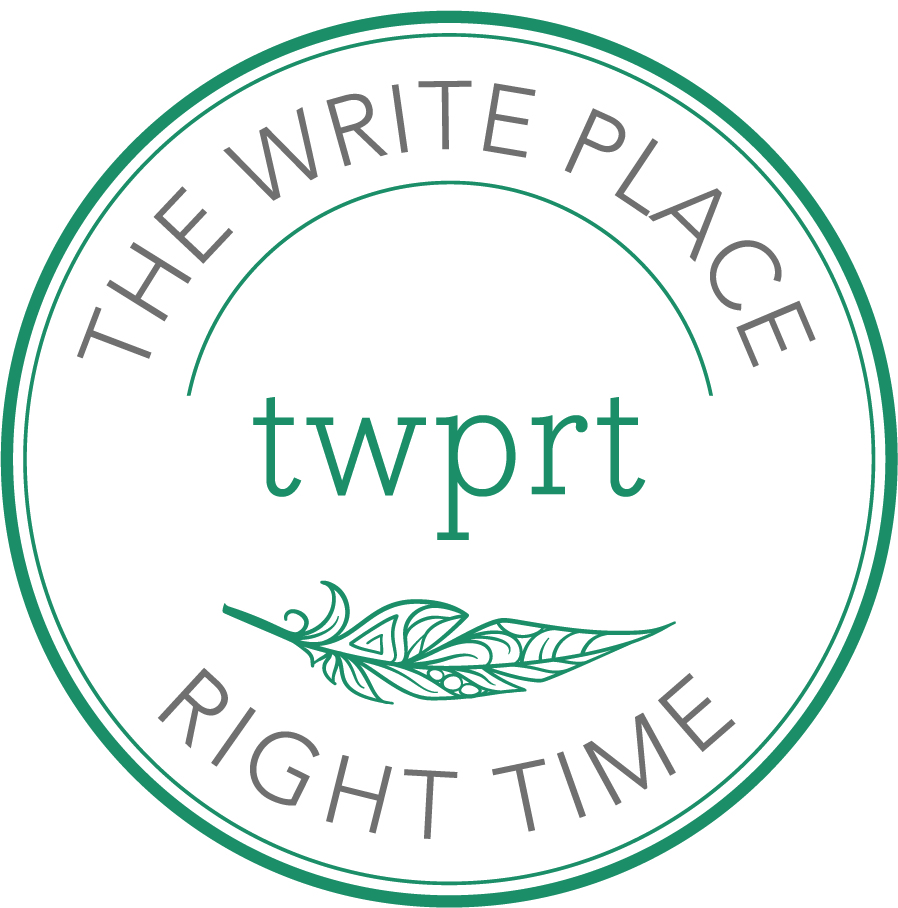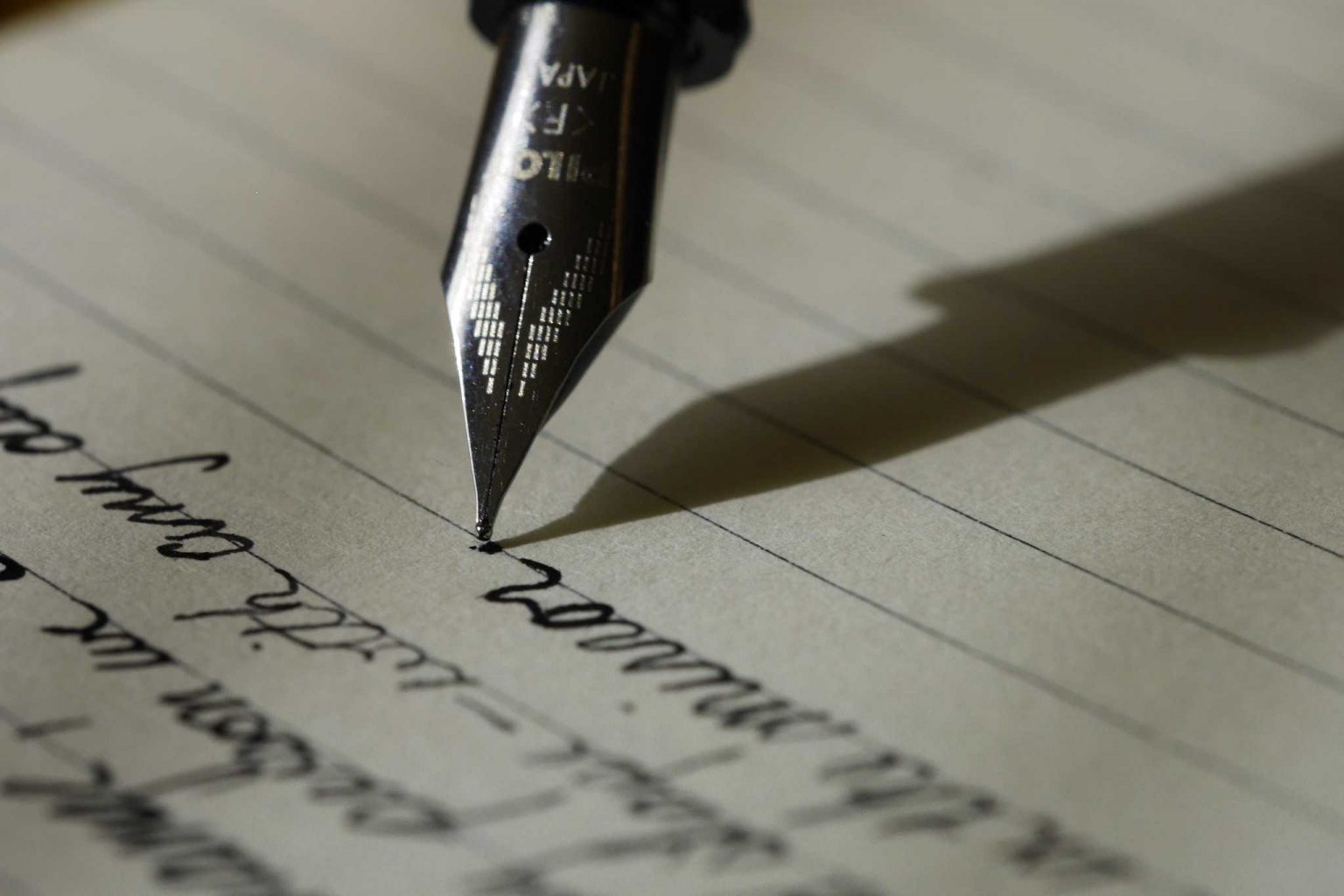"Utilizing critique is one of the best ways for an author to improve their work."

When you create a written work there is always an anxiety that comes with showing it to others. That nagging thought of what others might think of your work isn’t unique to you. Everyone is anxious about their writing. So why show others our work if it only brings negative feelings? In a post from Muench Workshops by Savani Babu she had this to say about forgoing critiques, “We’re missing out on opportunities to learn from one another; opportunities to consciously develop our own style instead of falling into it haphazardly; opportunities to become better observers; and opportunities to grow.” Accepting and using feedback to grow is an important part of being a creator and therefore a writer.
The Role of a Critiquer
Utilizing critique is one of the fastest and most effective ways of improving your writing. Having varying perspectives brings new depth and strength to a piece. It’s easy to get stuck while writing. When most people think of writer's block they think of someone staring at a blank page for hours on end. The same phenomenon of writer’s block can happen once you’ve reached the editing stage of the writing process. You can read and reread what you’ve written and not have a clue how to improve it further. At that point having another person take a look is an exceptional way to break through. To use critique you need to be comfortable with your work being shared.
Surmounting this fear is important. One way to do this is by rationalizing the anxiety. Nothing bad will happen if someone reads what you’ve written. People who have experience critiquing others know that their job as the critiquer is to help the author grow. The critiquer is not there to make you feel bad or insult your work. It’s important to remember that every critique is a suggestion and not a criticism. Yuri Kurman, a coach from The Muse, a site dedicated to career coaching, had this to say about taking critique: “If you can learn to process feedback differently and learn from it, you’ll always bounce back stronger, wiser, and more resilient.” Critiquers are there with a genuine investment to make your work better. It's all about how you choose to take it.
Robert Olen Butler in his book From Where you Dream describes writing and critiquing as a process of “thrumming and twanging.” A thrum is when something resonates with the entire piece and a twang is when something is off. Finding a twang is similar to hearing a musician hit a sour note. It’s the job of the critiquer to find the “twangs” and the job of the author to make the piece “thrum.”
Finding the Right Critiquer
Finding someone you know— a peer or friend—who is a writer is a great place to start because it’s easier to share writing with someone you already know and trust. Alternatively, if you can’t pin someone down or find someone suited to help you out you can look for a professional to work with or give notes. With a professional eye you can guarantee high quality professional critiques. If you're less worried about content and more about grammar then having a professional take a look would be the best bet. A professional will know the rules of writing and be able to do effective and precise line edits.
When a friend or peer edits a piece what they will be doing is looking at the content and the clarity of the piece. A friend might catch an awkward sentence or the rare comma splice but if they haven’t been through a course on copy editing they may lack the grammar knowledge you're looking for. If you're struggling with grammar a copyeditor will be what you're looking for. A copyeditor is someone who specializes in checking the facts, grammar, punctuation usage, and syntax of a piece. A content writer is someone who specializes in writing and assisting in the production of written content for your brand. Professional editors come in wide variety and specialize in different areas. Working with a professional editor guarantees improvement.
The more rounds of critique you do the tighter a written work will become. Once a critique is over and you’ve spent time addressing the notes you’ve been given you can be proud and confident in what you’ve created. You know that your work is one step closer to being completed.
Starting with people you trust is a great way to slowly build confidence in your work before showing larger groups. Professionals can give you confidence in the quality of your critiques and skyrocket the quality of a written work. You’ll need to be ready for multiple rounds of critique. The writing process begins with a draft but the true skill is in the editing and critiquing. Being open to critique and knowing when to listen to others is important. It’s your job as the author to identify constructive and useful critiques.

Determining the Differences Between Criticism, Critique, and/or Hate
The aim of critique is to make an author’s work better. Criticism is disapproval of something. Hate is passionate unparalleled dislike for something. Critique and criticism are both extremely similar terms but differ slightly. Criticism is usually personal and exists solely to condemn an action while critique exists to educate and inform our actions. Some critiques come in the form of criticism and it’s the author's job to learn to take the criticism with the intent to grow and learn from it.
In writing there is something known as negative capability, which is a phrase coined by the poet John Keats, which is defined as “the willingness to embrace uncertainty, live with mystery, and make peace with ambiguity.” To boil this down it means something can be good without understanding. Something can “thrum” even if you can’t explain why. The opposite is true as well. A work can “twang” without an explanation as to why. If someone points to something that twangs without an explanation it isn’t a bad critique or even a criticism. They are using negative capability to show you the weaker portions of your work.
Critique can be vague and as simple as someone pointing out something they dislike. Criticism aims to make a statement about a person. If someone were to criticise they would use weaker portions of your writing to make a statement about the overall quality of your writing. Everyone criticises. We all have our opinions. Criticism informs the tastes and opinions of the reader but generally offers no suggestions or meaningful statements to the author aside from the critics' dislike of the writing. It’s always important to be open to criticism but to be able to identify what is useful and what isn’t as an author.
Hatred is a beast of its own. Hate is simply meant to be destructive. There is no use for hate and it is best ignored. Learning to ignore hateful comments is difficult but in a blog post by Mayo Oshin she had some advice on how to get over haters.“The inner critic is the first and only hater that you really have to deal with to truly be satisfied.” If you're confident in yourself and your work then haters (the ones outside of your own mind) shouldn't bother you. Focus on the positives. Take a step back and think about what’s there to help you grow not what’s there to tear you down.
Critique is the best tool of revision at an author's disposal. Whether you're working with a professional editor or peers, critiques can provide perspectives or suggestions you would have never thought of. The role of the author in receiving critique is as important in the process as those giving critiques. The author needs to build confidence and be open and willing to suggestions. Once a writer has learned to utilize critiques to its full potential, they can elevate their writing far beyond what they would have been capable of alone.
If you want a set of professional eyes on your work or to set a plan in motion to take your work to the next level you can speak with a professional writer right here. If you’d like some more information on what working with a professional writer can do for your work you can check out other posts on our blog.

